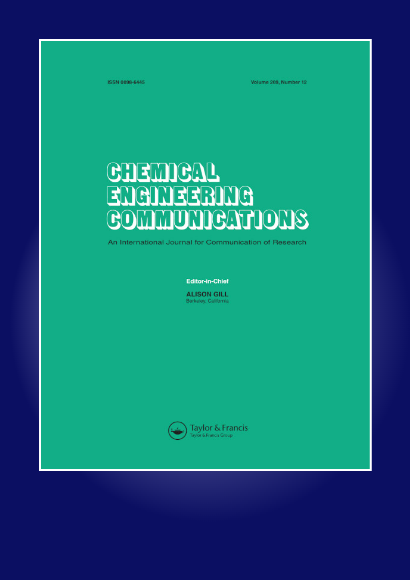Synthesis and application of Quintinite-3T nano catalyst along with KOH for biodiesel production from Jatropha curcas oil and used cooking oil
IF 2
4区 工程技术
Q3 ENGINEERING, CHEMICAL
引用次数: 0
Abstract
Abstract In this study, we reported the preparation of Quintinite-3T (Q-3T) and its use as a productive efficient/effective heterogeneous catalyst for the production of biodiesel. Quintinite-3T (Q-3T) has been successfully synthesized via the co-precipitation method. Physico-chemical properties of the synthesized catalyst were studied using powder X-Ray diffraction (XRD), High-resolution transmission electron microscopy (HR-TEM), BET analysis, and Thermogravimetric analysis (TGA). Q-3T exhibited promising utility as a heterogeneous catalyst to transesterify Jatropha curcas oil (JCO) and used cooking oil (UCO) to fatty acid methyl ester (FAME). Q-3T catalyst was used with KOH, a co-catalyst to verify its effect on biodiesel production. The effective parameters of the transesterification yield involving reaction time, reaction temperature, and the oil-to-alcohol molar ratio was studied. The maximum yield of 82% for biodiesel was reached at ideal conditions, which include a moderate catalyst concentration (2% (w/w) in the ratio 1.2:0.8 (KOH: Q-3T), at a low temperature and relatively short reaction time of 60° C and 1 h, respectively. Additionally, it is found that the biodiesel’s properties are in good conformity with ASTM D6571 fuel specifications. It is pertinent that the use of Q-3T nanocatalyst as a heterogeneous catalyst for biodiesel production from Jatropha curcas oil and used cooking oil could be beneficial.以麻疯树油和废食用油为原料制备生物柴油的quintini - 3t纳米催化剂及KOH的合成与应用
本文章由计算机程序翻译,如有差异,请以英文原文为准。
求助全文
约1分钟内获得全文
求助全文
来源期刊

Chemical Engineering Communications
工程技术-工程:化工
CiteScore
5.50
自引率
4.00%
发文量
80
审稿时长
6 months
期刊介绍:
Chemical Engineering Communications provides a forum for the publication of manuscripts reporting on results of both basic and applied research in all areas of chemical engineering. The journal''s audience includes researchers and practitioners in academia, industry, and government.
Chemical Engineering Communications publishes full-length research articles dealing with completed research projects on subjects such as experimentation (both techniques and data) and new theoretical models. Critical review papers reporting on the current state of the art in topical areas of chemical engineering are also welcome; submission of these is strongly encouraged.
 求助内容:
求助内容: 应助结果提醒方式:
应助结果提醒方式:


